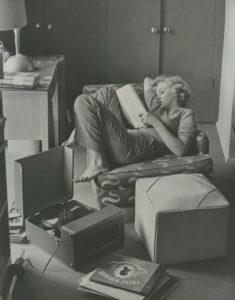




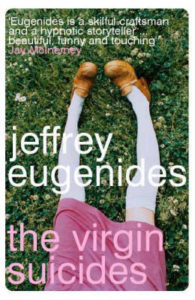


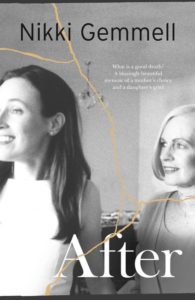



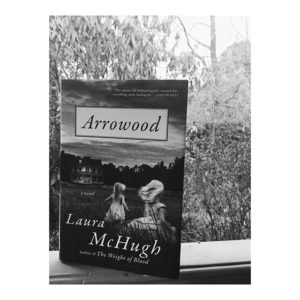
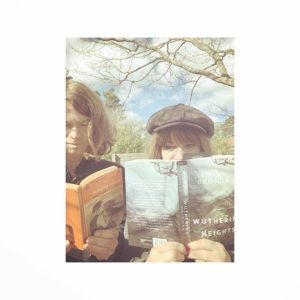
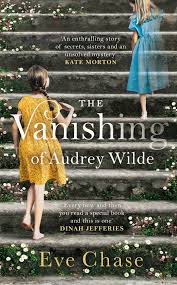
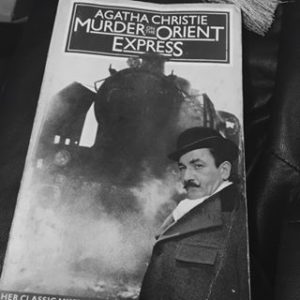



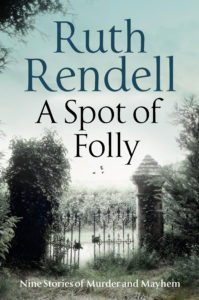


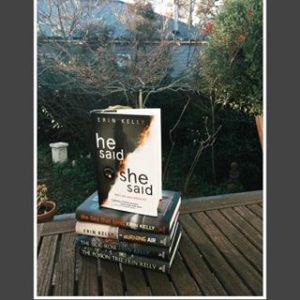





























Secrets, Lies and Deceptions in Elizabethan England.







Seething Lane Skulls


Thank you to Sandi Wallace for inviting me to play Meet my Character for a blog hop. MEET THE CHARACTER Answer these questions about your main character from a finished work or work in progress: 1.) What is the name of your character? Ginger Lawson. In the 1940s thread of the book, she’s a sixteen-year-old feisty and naive redhead who goes to the Blue Mountains to pose for a notorious artist, Rupert Partridge. In the year Ginger is at his home, Currawong Manor, Rupert’s family suffers a triple tragedy: his wife, Doris is killed by a train, his daughter, Shalimar drowns and Rupert vanishes. Ginger knows the real truth of what happened to the family. In the present day thread when she’s in her seventies, she’s finally ready to reveal her secrets.
2.) Is he/she fictional or a historic person? Fictional, but I was inspired by Pearl Goldman, who was one of painter Norman Lindsay’s favourite muses and models between 1938-1945. I was fortunate to hear Pearl speak at the Norman Lindsay House in Springwood just after starting the book and was really impressed by Pearl’s vivacity, glamorous flamboyance and being so active in her 90s. She added a lot of spark to Ginger.
3.) When and where is the story set? In the Blue Mountains in the fictional upper mountain village of Mt Bellwood between the 1940s and present day and the surrounding bushland of Owlbone Woods. The Blue Mountains is an area I’ve lived in and I’m constantly drawn back to. I love its mysterious valleys, misty landscapes, creative people, gothic atmosphere and changing seasons.  4.) What should we know about him/her? Beneath the seeming confident and self-obsessed facade of Ginger is a young girl willing to do anything to escape her mother’s fate of being one of the ‘Surry Hills rats’ of the 1940s. And not to believe Ginger’s version of events too closely…
4.) What should we know about him/her? Beneath the seeming confident and self-obsessed facade of Ginger is a young girl willing to do anything to escape her mother’s fate of being one of the ‘Surry Hills rats’ of the 1940s. And not to believe Ginger’s version of events too closely…
5.) What is the main conflict? What messes up his/her life? By not revealing what really happened to the Partridge family in the Blue Mountains. Ginger’s had to live with a lot of guilt and anguish over the years. She made two choices back in 1945 that affected many people and she has the burden of the consequences of her silence.  6.) What is the personal goal of the character? The goal of Ginger in the 1940s thread is to escape the drudgery of Molly (her mother’s life) and to become an independent earner. She represents women in Australia in the forties who entered the workforce with the male population away in World War II – and the impact of that transition upon the women of Ginger’s generation. In the present day thread, her goal is to reveal to Rupert’s surviving relatives the truth of what happened to Rupert and his family on the 9th November 1945.
6.) What is the personal goal of the character? The goal of Ginger in the 1940s thread is to escape the drudgery of Molly (her mother’s life) and to become an independent earner. She represents women in Australia in the forties who entered the workforce with the male population away in World War II – and the impact of that transition upon the women of Ginger’s generation. In the present day thread, her goal is to reveal to Rupert’s surviving relatives the truth of what happened to Rupert and his family on the 9th November 1945.
7.) Is there a working title for this novel, and can we read more about it? The working title and the title are one and the same – Currawong Manor.
8.) When can we expect the book to be published or when was it published? Currawong Manor was published by Pan Macmillan Australia in June 2014.  I hope you enjoyed this brief instruction to my character and now it is my turn to tag two writers. I have tagged: Kim Wilkins who also writes commercial women’s fiction novels under the pseudonym of Kimberley Freeman. Kim’s an award-winning writer in children’s, historical and speculative fiction. She has an Honours degree, a Masters degree and a PhD from The University of Queensland where she is also a senior lecturer. You can read more about Kim HERE
I hope you enjoyed this brief instruction to my character and now it is my turn to tag two writers. I have tagged: Kim Wilkins who also writes commercial women’s fiction novels under the pseudonym of Kimberley Freeman. Kim’s an award-winning writer in children’s, historical and speculative fiction. She has an Honours degree, a Masters degree and a PhD from The University of Queensland where she is also a senior lecturer. You can read more about Kim HERE  And I’ve also tagged Karen Brooks who is the author of nine books, an academic of more than twenty-years experience, a newspaper columnist and social commentator, and has appeared regularly on national TV and radio. Before turning to academia, she was an army officer for five years and prior to that, dabbled in acting. You can read more about Karen on her website HERE
And I’ve also tagged Karen Brooks who is the author of nine books, an academic of more than twenty-years experience, a newspaper columnist and social commentator, and has appeared regularly on national TV and radio. Before turning to academia, she was an army officer for five years and prior to that, dabbled in acting. You can read more about Karen on her website HERE  If these writers choose to accept their tags, you’ll be able to read about their chosen charcters on their websites the following Thursday 27th November. Love and Light, Josephine
If these writers choose to accept their tags, you’ll be able to read about their chosen charcters on their websites the following Thursday 27th November. Love and Light, Josephine